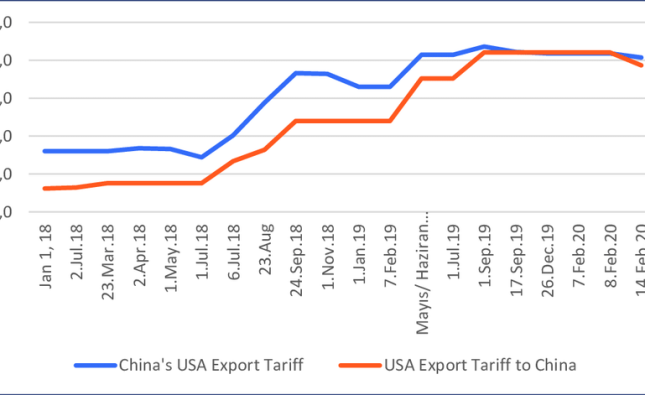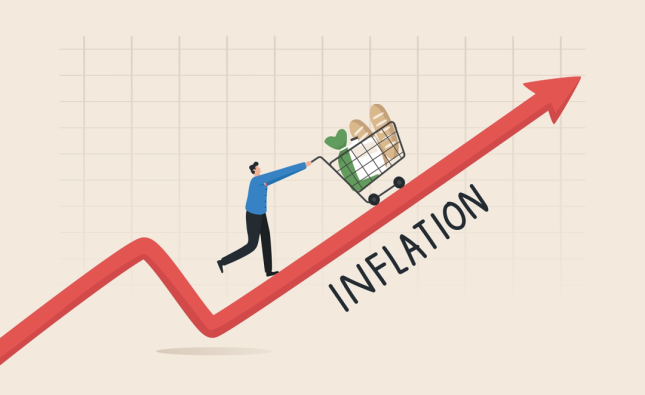
In recent years, the financial industry has undergone a significant transformation due to the integration of big data analytics. This shift has revolutionized how financial institutions make decisions, manage risks, and forecast future trends. Big data encompasses vast amounts of structured and unstructured data collected from various sources, including transaction records, social media, and market reports. Leveraging this data effectively allows financial organizations to gain insights, optimize strategies, and enhance decision-making processes.
Understanding Big Data in Finance

Big data refers to large volumes of complex data that traditional data processing tools cannot handle efficiently. In the financial sector, big data includes information from stock exchanges, trading platforms, customer transactions, market news, and economic indicators. The ability to analyze this data in real-time provides financial institutions with a comprehensive view of market dynamics and customer behavior.
Impact on Financial Decision Making
- Risk Management
Big data has a profound impact on risk management. By analyzing large datasets, financial institutions can identify potential risks more accurately and develop strategies to mitigate them. For example, credit scoring models have become more sophisticated, incorporating a wider range of data points to evaluate a borrower’s creditworthiness. This has led to more precise risk assessments and reduced instances of loan defaults.
Table 1: Comparative Analysis of Traditional vs. Big Data Risk Management
| Aspect | Traditional Risk Management | Big Data Risk Management |
| Data Sources | Limited to historical data | Includes real-time and diverse data |
| Accuracy | Lower accuracy in risk prediction | Higher accuracy due to advanced analytics |
| Speed of Analysis | Slower due to manual processes | Faster with automated systems |
| Adaptability | Less adaptable to market changes | More adaptable with real-time data |
- Fraud Detection
Big data analytics significantly enhances fraud detection capabilities. By analyzing transaction patterns and customer behaviors, financial institutions can identify anomalies and potential fraudulent activities more effectively. Machine learning algorithms can detect unusual patterns that may indicate fraud, reducing the incidence of financial crimes.
Table 2: Comparative Analysis of Fraud Detection Techniques
| Technique | Traditional Methods | Big Data Analytics Methods |
| Detection Speed | Slower and less effective | Faster with real-time monitoring |
| Data Utilization | Limited to specific transaction types | Utilizes comprehensive data sources |
| Adaptability to New Fraud Patterns | Less adaptive | Highly adaptive with advanced algorithms |
| Accuracy of Detection | Lower due to limited data | Higher due to extensive data analysis |
- Customer Insights and Personalization
Big data enables financial institutions to gain deeper insights into customer behavior and preferences. By analyzing customer transactions, interactions, and feedback, institutions can create personalized financial products and services. This level of personalization improves customer satisfaction and loyalty, leading to better financial outcomes.
Table 3: Comparative Analysis of Customer Insights
| Aspect | Traditional Methods | Big Data Methods |
| Customer Profiling | Basic demographic analysis | Detailed behavioral analysis |
| Personalization | Limited to standard products | Highly personalized financial solutions |
| Customer Retention | Lower due to generic services | Higher due to tailored experiences |
| Marketing Effectiveness | Less targeted | More targeted with data-driven strategies |
Challenges and Limitations
Despite its advantages, big data in financial decision-making faces several challenges. These include data privacy concerns, the need for significant computational resources, and the complexity of integrating disparate data sources. Ensuring data quality and security is crucial to maintaining the integrity of analytics and protecting sensitive information.
- Data Privacy
The extensive use of personal and financial data raises concerns about data privacy. Financial institutions must comply with regulations such as the General Data Protection Regulation (GDPR) and ensure that customer data is handled securely. Balancing data utilization with privacy protection is a critical challenge.
- Computational Resources
Analyzing big data requires substantial computational resources, including powerful servers and advanced software. The costs associated with these resources can be significant, particularly for smaller financial institutions.
- Data Integration
Integrating data from various sources can be complex. Financial institutions must develop robust systems to combine and analyze data effectively while ensuring accuracy and consistency.
Future Trends
As technology continues to evolve, the role of big data in financial decision-making will likely expand further. Emerging trends include:
- Artificial Intelligence (AI) and Machine Learning
AI and machine learning algorithms are becoming increasingly sophisticated, enabling more accurate predictions and automated decision-making processes. These technologies will further enhance the capabilities of big data analytics in finance.
- Blockchain Technology
Blockchain technology has the potential to revolutionize data security and transparency in financial transactions. Integrating blockchain with big data analytics could lead to more secure and efficient financial systems.
- Real-time Analytics
The demand for real-time data analysis is growing. Financial institutions will invest in technologies that enable instant data processing and decision-making, improving their ability to respond to market changes swiftly.
Comparative Table of Big Data vs. Traditional Financial Decision-Making
| Aspect | Traditional Financial Decision-Making | Big Data-Driven Financial Decision-Making |
| Data Volume | Limited to historical and static data | Encompasses large volumes of diverse data |
| Decision Speed | Slower, manual processes | Faster, automated analysis |
| Accuracy | Less accurate due to limited data | More accurate with comprehensive data |
| Risk Assessment | Basic risk models | Advanced risk models with real-time data |
| Customer Personalization | Generalized services | Highly personalized financial products |
| Fraud Detection | Reactive and less effective | Proactive with real-time monitoring |
In summary, big data is reshaping the financial landscape, providing valuable insights and driving more informed decision-making processes. As technology progresses, its role in finance will likely become even more integral, offering new opportunities and challenges for financial institutions.
Conclusion
Big data has transformed financial decision-making by providing deeper insights, enhancing risk management, improving fraud detection, and enabling personalized customer experiences. While challenges such as data privacy and computational resource requirements exist, the benefits of big data far outweigh these limitations. As technology advances, the role of big data in finance will continue to evolve, driving innovation and efficiency in the financial industry.










